Rising interest
Since 2000, the number of scientific papers published on autism has been growing faster than the overall rate of scientific publications.
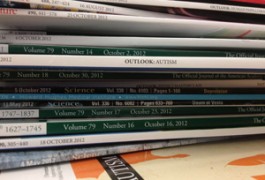
Since 2000, the number of scientific papers published on autism has been growing faster than the overall rate of scientific publications.

Researchers from three different labs have found conflicting results on social behavior using similar tests in the same strain of mutant mice. The mice all lack neuroligin-4, an autism-linked gene.
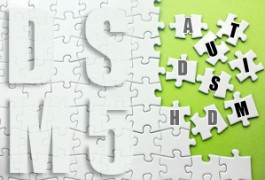
After several years of debate, the American Psychological Association has approved the new version of the Diagnostic and Statistical Manual of Mental Disorders, the guidelines used to diagnose psychiatric disorders.

A new study bolsters the idea that overactive protein synthesis contributes to autism. The findings, published 21 November in Nature, show that dampening a single overabundant protein, neuroligin-1, reverses both abnormal brain activity and social deficits in mice.
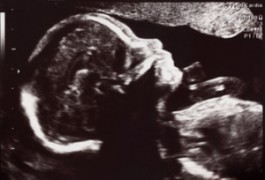
Chromosomal microarray is more sensitive than the current gold-standard method for detecting genetic abnormalities in a fetus. But the technology isn’t yet ready for use in all pregnant women.
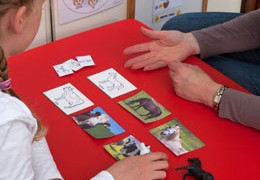
Draft diagnostic guidelines are raising concerns that mild forms of the disorder may no longer be recognized.
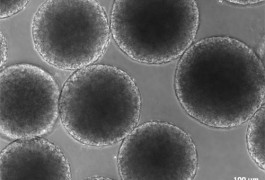
Some of the genetic variability seen in stem cells derived from skin arises from differences in the skin cells themselves, according to a study published 18 November in Nature. The findings have implications for both stem cell research and our understanding of human biology.

A survey of health and education professionals finds that about half of them object to the proposed changes in the diagnostic criteria for autism.
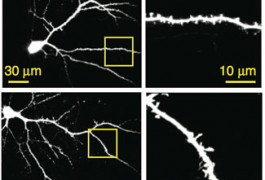
Four new studies of neuroligin-1 (NLGN1), a gene linked to autism, unravel its complex role in regulating the connections between neurons.
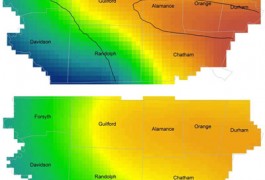
Geographical differences in autism prevalence can largely be accounted for by socioeconomic factors, according to research published 31 October in Environmental Health. The study confirms the importance of controlling for variables such as parents’ educational status when searching for environmental links to autism.